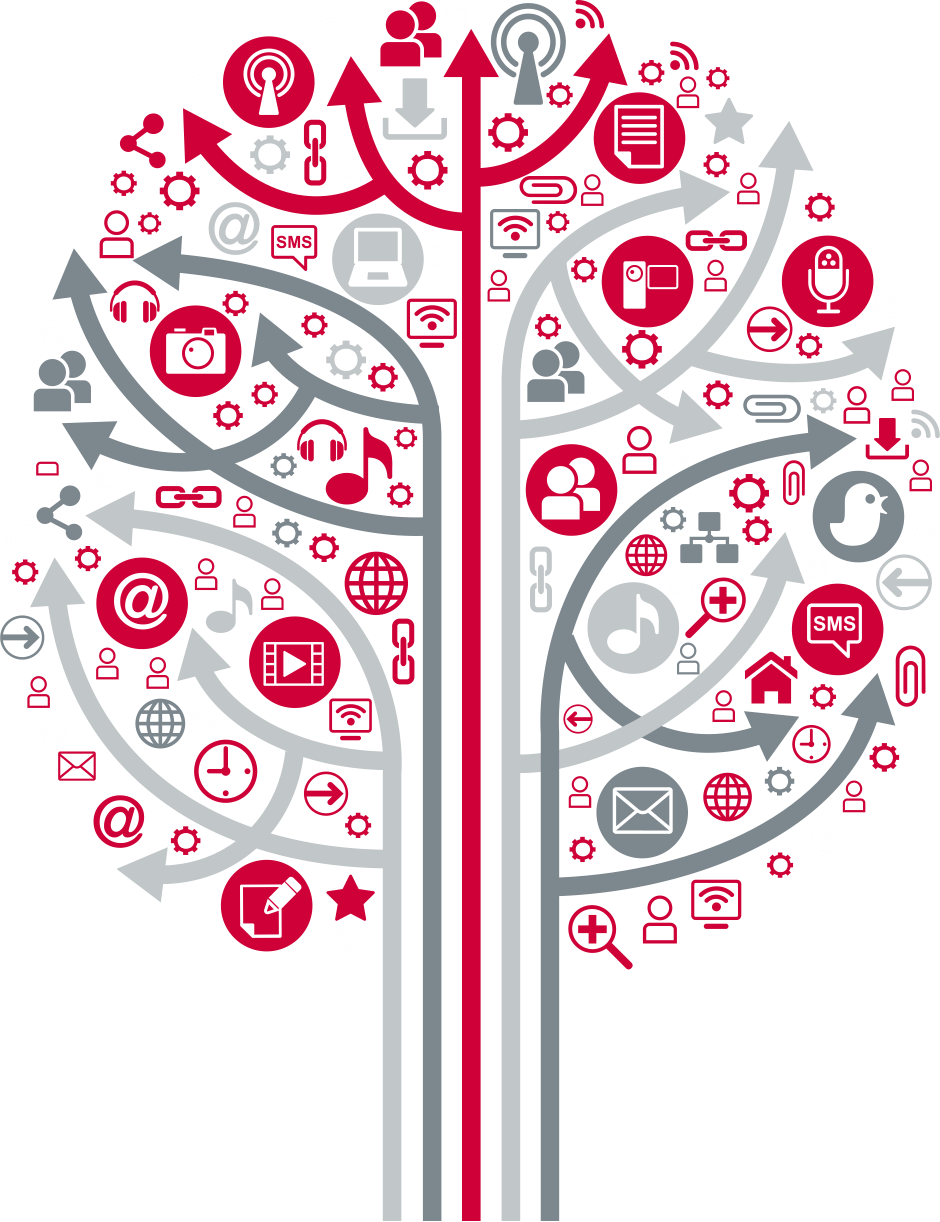The Great Audience Race

As a rule, change happens more slowly than people predict but, in hindsight, more radically than industry expects. Technology has changed consumption to an extraordinary degree – the smartphone, since 2007, more than the laptop. It has interfered with times-of-day when media had impact (the morning commute, say) but it has also changed what is consumed: the volume of content we consume and its formats. Digital media encourages continuous – relentless – snacking because search and social media require that behaviour for their businesses to thrive.
TV discovery and viewing are moving away from the TV schedule to an App model, though the over 55s are changing less quickly, and as they watch more TV the whole process is naturally slowed. The vast majority of news consumption by everyone, including the young, is supplied by news media that has been around for many decades. However, we often find the news on Google or Facebook, rather than in a newsagent, the difference being the news brands are less noticeable as a result of this consumption change.
Young consumers behave differently in a variety of ways. They are substantially more inclined to watch video away from the TV schedule. Some of these differences relate to technology, but some of them relate to life stage. In 10 or 20 years time, today’s 21-year-old will have a responsible job and a family, affecting their media diet. Encouragingly, this generation is more inclined to pay for digital entertainment, services and experiences than their parents - Netflix, Spotify, mobile games, even online news.
The primary challenge for some digital media is that by offering all or a large part of their core service for free, they have put an enormous amount of pressure on their ability to generate revenue elsewhere, in large part by online advertising. This may not look like a completely crazy idea: online advertising is 0.7% of the UK's GDP, substantially greater than any other country (including the US).
But online advertising is a very different beast from advertising on TV, or print or radio or Out-of-Home poster sites. Online advertising is nearly all (90%) a form of direct response advertising - it is related to transactions, not to the brands that generate them. While there are multiple drivers behind this extraordinary development, one piece of context is critical: the UK has the most advanced e-commerce economy in the world.
Here’s the rub: content media is an expensive and inefficient technique for delivering transaction marketing. Google and Facebook, with zero or negligible content costs, and sophisticated identity, intention and behavioural targeting, are far more effective tools.
Media is better at providing a quality context or environment for advertising, but that requirement relates to brand advertising (or intermediary ‘consideration’ advertising) more than transaction advertising. Google and Facebook between them have more than 55% of the digital advertising market – and generate more than 80% of its growth. Amazon is rapidly emerging as the third force. The net effect is that the advertising economy has shifted from a decades-old ratio of 60% brand spend and 40% direct response spend to 46:54 (and rapidly moving towards 40:60).
Does any of this matter? Yes, for two reasons. First, brands will lose traction in the longer term, and the fundamental purpose of brands is to sustain profitability – in turn, funding innovation and development. Second, expensive content will be decreasingly funded by advertising. For example, in the year 2000 print media generated about 50% of all advertising; in the online market today, newspapers generate a mere 4% of digital ad spend.
So, where are we now, and where are we going? Data has become the currency of the media and advertising sector, but not all data is equal, and media (to make a big generalisation) has been surprisingly slow to recognise the benefits of its trusted first-party relationship with real households. Many news websites, for example, still don’t ask visitors to register to view their content, limiting their ability to evolve with their audience. Sky, the BBC, Channel 4 and ITV have moved at various speeds, but all of them more quickly than the press.
Google and Facebook embraced this opportunity very early, and a large part of their success, and of their prowess at machine learning and AI – continuously improving what they do, and developing new opportunities for themselves – relates to the fact that usage of their service is almost entirely logged-on. Ditto Amazon.
Discussion of relevance in marketing tends to focus on two very different concepts: the first talks about identity (or IDs) in the technical sense, as the data footprint specific to an individual, usually in the context of online ad measurement and attribution. The other is about emotional relevance, especially in the current heated but often airy debate around brand purpose. Both these concepts are too shallow, undermining how marketing works.
We don’t believe that direct response advertising will become 100% of ad spend in the long term. The key question is: where will it peak? 70%? 60%? At some point, many companies will recognise the need to invest in brand building in order to protect long-term profitability. This will slow – and perhaps even reverse – the pendulum.
Something to think about. The previous model of a 60:40 brand bias has flipped to 60:40 in favour of direct response. And this stands to reason. Platforms are different. They’re conductive to a response, often an immediate one. So, if you’re brand isn’t harnessing that power, it’s time it did. But if you lose sight of your brand, your customers will have lost sight of it well before. That’s why it pays to choose your agency wisely. One that understands the power of data is proportionate to the power of brand.




